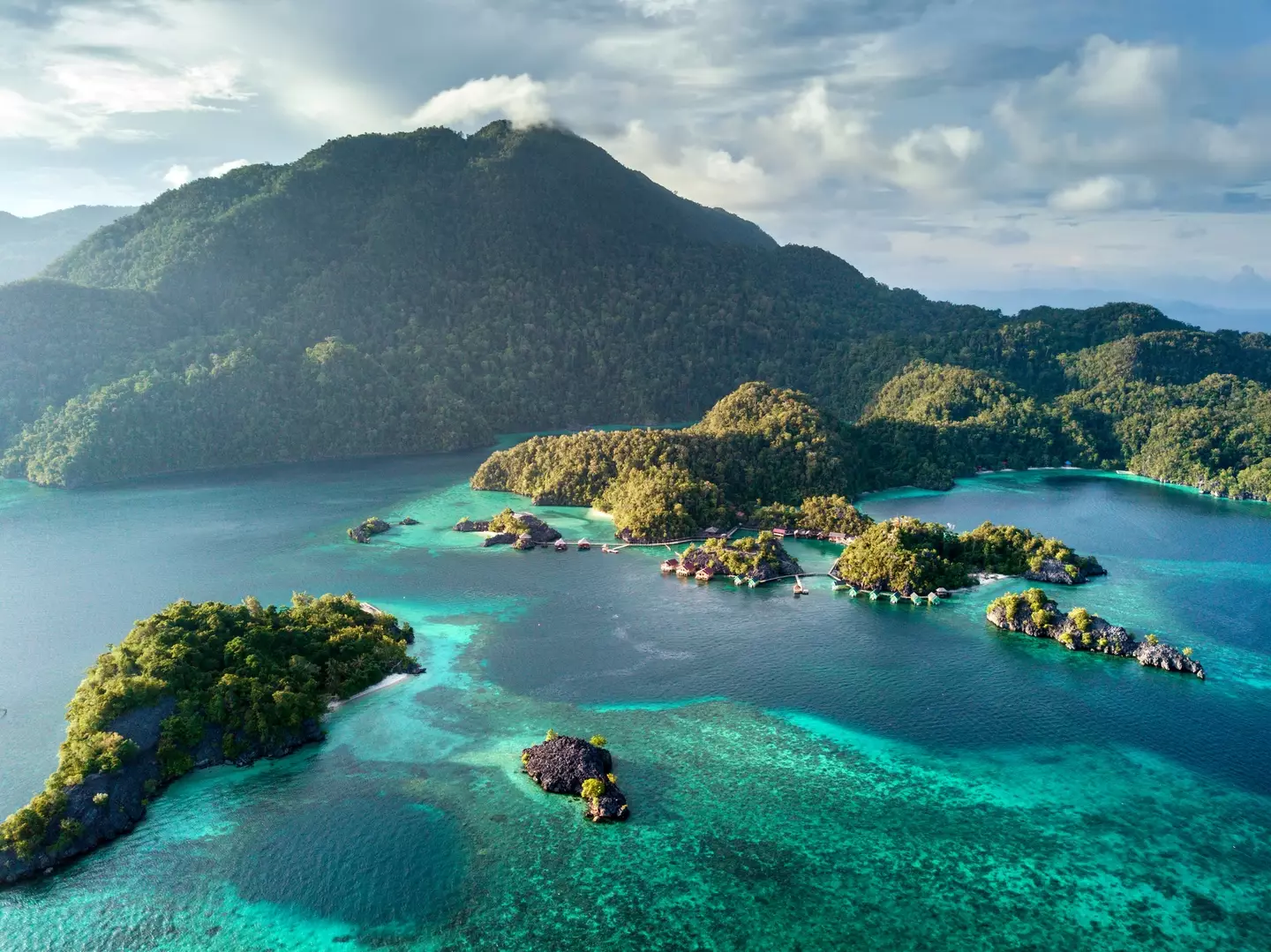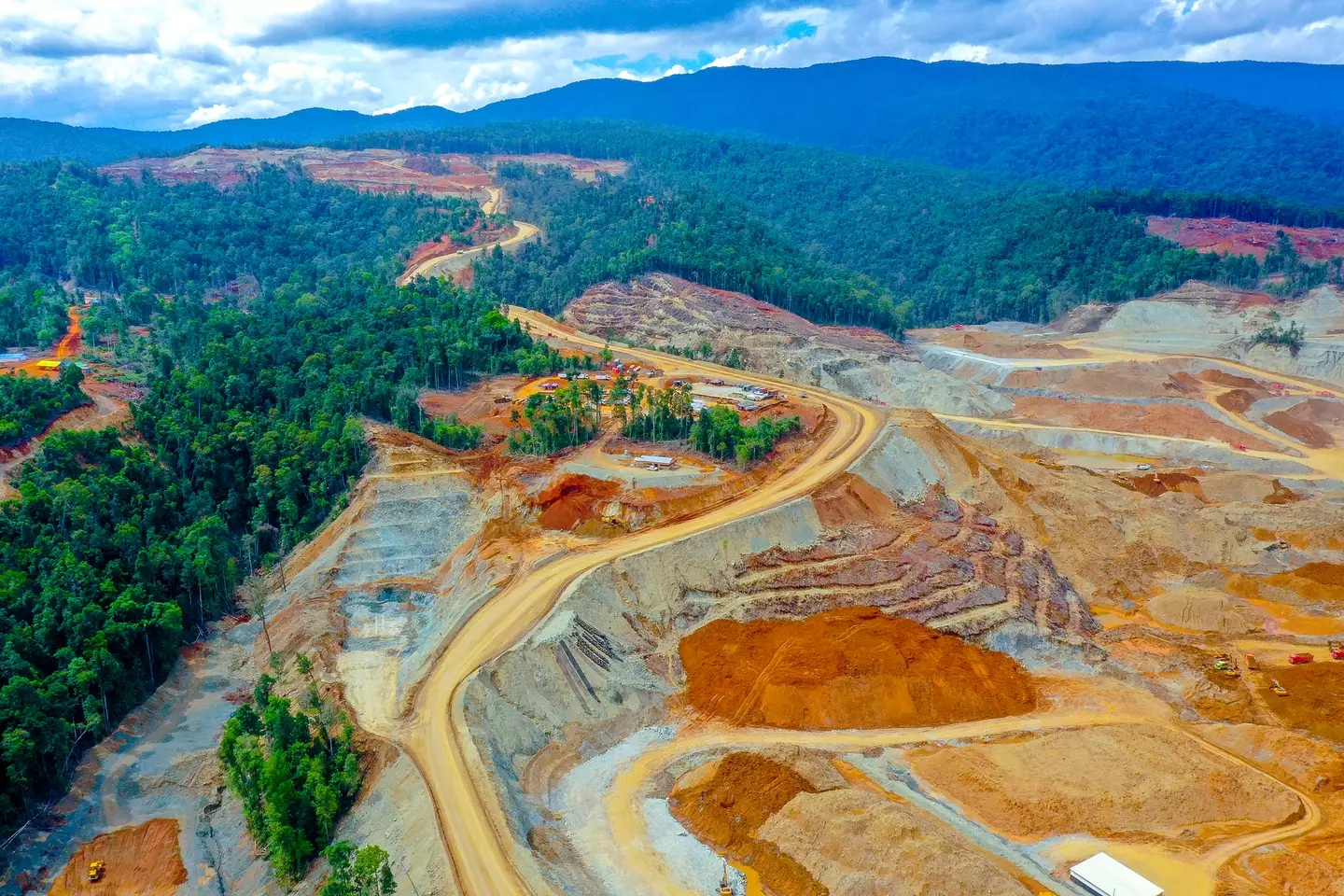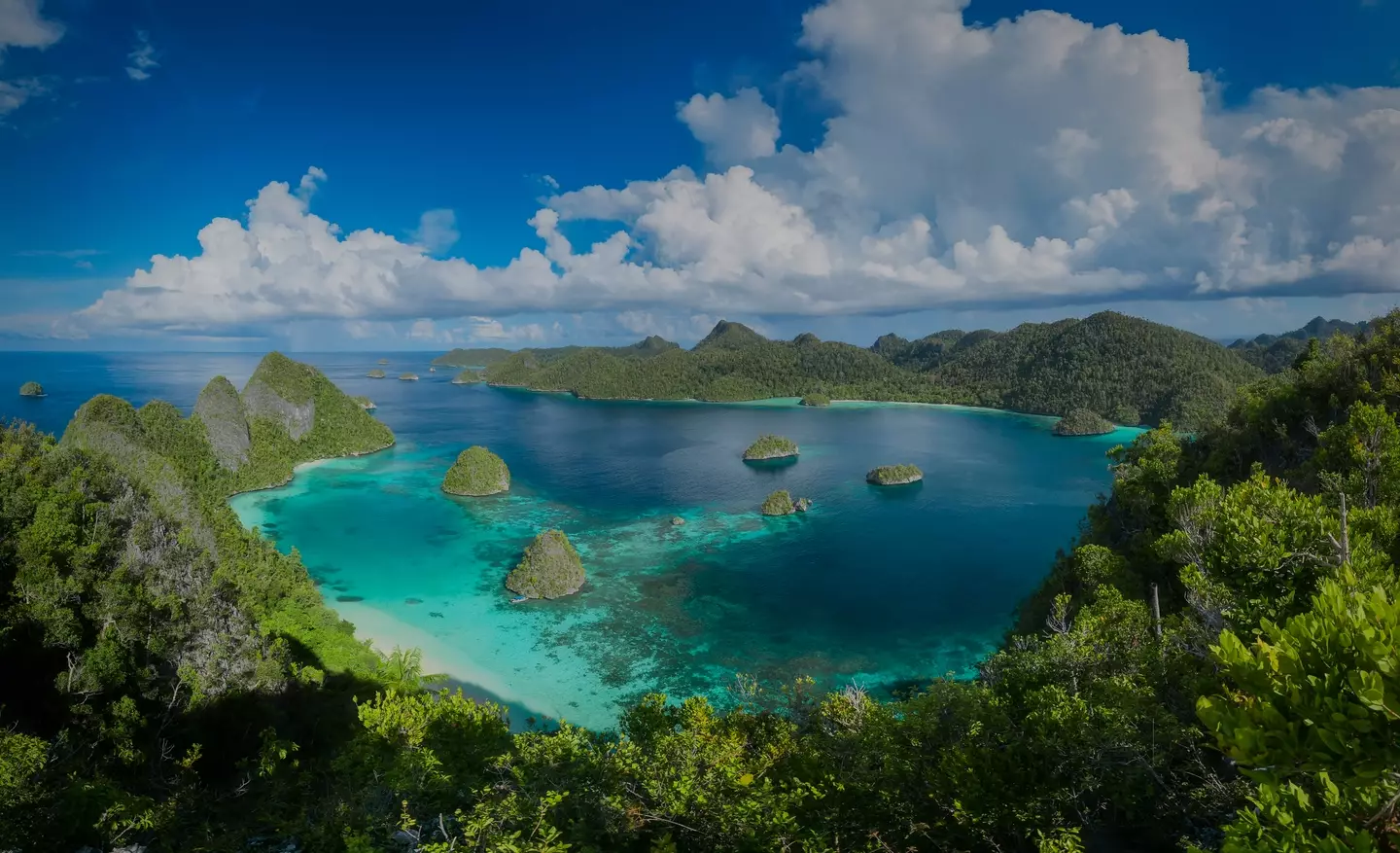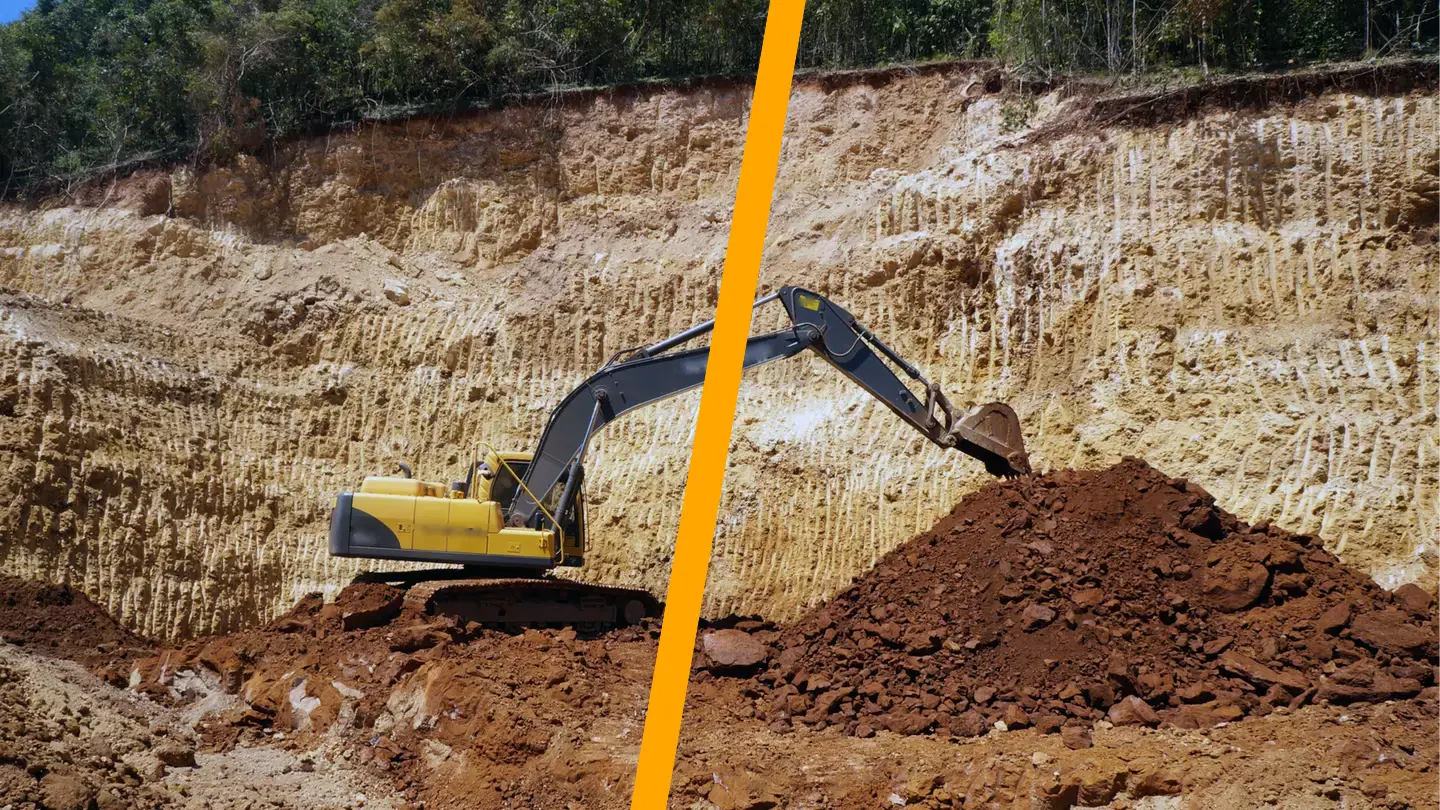Indonesia stands out as a leading exporter of an essential rare earth mineral, but this achievement has not come without significant consequences. Renowned for its beautiful islands and breathtaking natural landscapes, including renowned beaches, volcanoes, and tropical forests, Indonesia is a popular travel destination, especially islands like Bali.
Aside from its natural beauty, Indonesia is also recognized as the top nickel producer globally, holding the largest reserves of this mineral. According to Statista, in 2023, Indonesia’s nickel export value reached around $6.8 billion.

Nickel is crucial for producing lithium-ion batteries used in electric vehicles, such as Teslas. As the demand for electric cars increases, so does the need for nickel. Nickel alloys enhance battery components by boosting their energy density, making them perfect for rechargeable batteries.
Why is nickel mining a concern?
Most of Indonesia’s nickel reserves are located on the Sulawesi and Halmahera islands, including Kabaena in Southeast Sulawesi. According to Climate Change News, permission has been granted to mine about three-quarters of the island, but only a few companies are currently operating there.
Scientists have already identified the severe environmental impacts caused by this mining activity.

A local NGO, Satya Bumi, released a report in January that highlighted the pollution of Kabaena’s waters, which has led to reduced fish stocks, skin infections in children, and threatens the livelihoods of local communities, as reported by Climate Change News.
Nickel mining is also the primary cause of deforestation in these nickel-rich regions, with two-thirds of the 920,000-hectare nickel mining areas situated under forested land.
In other areas, mining activities are harming the diverse marine life of Raja Ampat Regency, a group of tropical islands near West Papua.
Raja Ampat is home to 75% of the world’s coral species and approximately 1,600 fish species, including several critically endangered sea creatures.

According to a report by environmental and conservation organization Auriga Nusantara, mine sediment is transported from the islands’ coasts by ocean currents. Victor Nikijuluw, a program advisor for the Indonesia-based environmental organization Konservasi Indonesia, explained to the Associated Press that this sediment “smothers coral reefs, displaces the animals that can leave the area, and generally endangers the nature that local biodiversity and communities depend on.”
Timer Manurung, the director of Auriga Nusantara, told The Independent: “As long as the nickel mining continues to operate, the sediment will destroy coral and its surrounding ocean ecosystem. It’s really a threat for Raja Ampat, as the archipelago is known for its ocean biodiversity and richness that makes it an international tourism destination.”
In November, Reuters reported that Indonesian officials from the Energy and Mineral Resources Ministry would ensure that miners adhere to environmental regulations and review production quotas for those in violation.
Tri Winarno, a senior official, stated to the press: “The RKAB that has been issued will be reviewed, whether they (miners) are complying with the rules.” He emphasized that ensuring the “longevity and sustainability” of Indonesia’s nickel ore is a top government priority, though he did not elaborate on how this would affect production.

